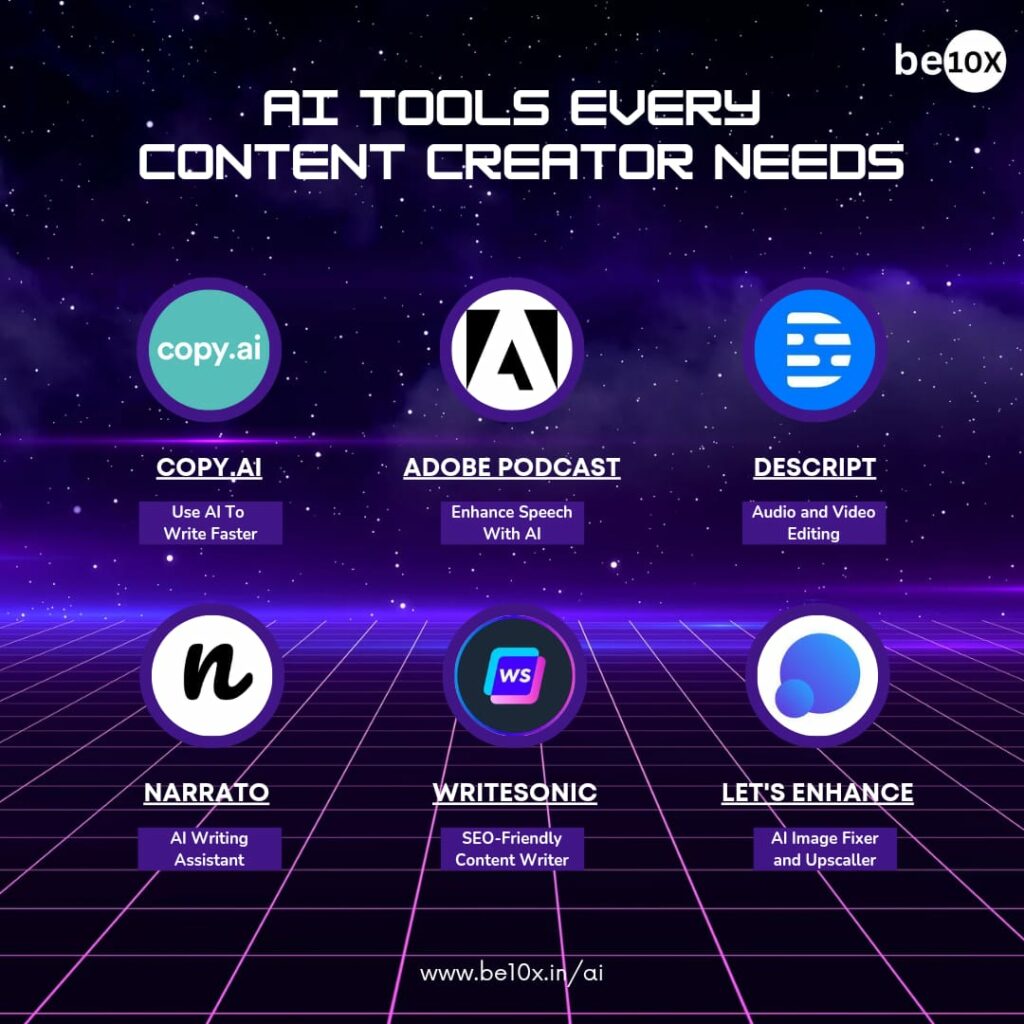Introduction
AI tools are rapidly transforming how we work, learn, and create. Yet, unlocking their full potential requires more than simply asking questions—it demands thoughtful, structured prompting. Well-crafted prompts yield more accurate, relevant, and creative results, while minimizing misunderstandings or harmful outputs. This guide explores leading frameworks and emerging techniques to help you become an expert communicator with AI.
Why Prompts Matter: Foundations of Effective AI Communication
AI models, whether powering chatbots, search engines, or generative tools, don’t inherently “understand” intent as humans do. They process instructions (prompts) based on patterns in data, literally executing what you say—sometimes with surprising results. Ambiguous or poorly structured prompts can produce vague, incomplete, or even dangerous content. Conversely, clear frameworks guide models to deliver precise, context-aware, and safe outputs.
Classic Prompting Frameworks
1. Chain-of-Thought (CoT) Prompting
This strategy asks the AI to explicitly explain its reasoning and thought process before arriving at a conclusion. CoT is especially useful for tasks requiring logic, multi-step calculations, or where justification is as important as the final output.
- How it works:
- Include instructions for step-by-step reasoning.
- Optionally, provide worked examples (few-shot learning).
- Example Prompt:
- “Explain, step-by-step, how to evaluate whether solar panels would be cost-effective for a small business in Boston. Show your calculations and explain each assumption.”
Benefits:
- Increases accuracy on complex tasks.
- Reveals the model’s thought process—helpful for debugging or trust.
2. ReAct (Reason and Act) Framework
ReAct prompts encourage the AI to alternate between reasoning and taking an action—mirroring how humans tackle problems. The framework breaks down the process into cycles of “think” and “do,” allowing greater transparency and modular control over AI actions.
- How it works:
- Present the AI with a challenge.
- Ask it to reason aloud.
- Instruct it to act, then reason about the action, and repeat as needed.
- Example Prompt:
- “You are organizing a conference. Step through the selection of venue, speakers, and schedule by explaining your reasoning at each decision, then making that decision before moving on.”
Benefits:
- Enables oversight and course corrections during multi-step processes.
- Useful for research, troubleshooting, and workflows involving critical decisions.
3. Zero-shot, One-shot, and Few-shot Prompting
The “shot” terminology refers to how many examples you include in your prompt.
| Technique | Details | When to Use |
| Zero-shot | Only the instruction or question. | Simple, well-known patterns |
| One-shot | Provide a single example with the instruction. | For structure-sensitive tasks |
| Few-shot | Multiple varied examples; gives AI a template for output. | Creative, nuanced, or format-dependent tasks |
- Zero-shot example:
“Translate this paragraph into Spanish.” - Few-shot example:
“Rewrite the following text as a product ad. Example: ‘Feeling tired? Try our new energy drink for a powerful boost!’ Now, for this product: [description]”
Benefits:
- Easy to calibrate response format.
- Promotes creative consistency.
4. Prompt Chaining
Prompt chaining decomposes a complex task into a series of smaller, modular prompts. Each stage’s output becomes the next stage’s input.
- How it works:
- Write prompts for individual sub-tasks.
- Sequence them logically, passing the results along.
- Write prompts for individual sub-tasks.
- Example Workflow:
- Step 1: “List five innovative features from this research paper.”
- Step 2: “For each feature, write a one-sentence market pitch.”
- Step 3: “Summarize all features into a final product description.”
- Step 1: “List five innovative features from this research paper.”
Benefits:
- Improves quality through specialization.
- Simplifies troubleshooting and refinement.
5. Persona and Role-based Prompting
Assigning the AI a persona, expertise level, or viewpoint can substantially shape tone, style, and focus.
- Examples:
- “You are a cybersecurity expert. Review this smart home device’s risks.”
- “Imagine you’re a skeptical customer encountering this product. List questions you would ask.”
- “You are a cybersecurity expert. Review this smart home device’s risks.”
Benefits:
- Guides model output toward audience needs.
- Useful for scenario planning, content localization, or tailored advice.
Advanced and Emerging Prompting Strategies
Tree of Thoughts
Instead of funneling the AI toward a single solution, this framework directs it to explore multiple approaches, compare them, then converge on the best outcome.
- Example Prompt:
“List three possible strategies for reducing remote team burnout. For each, discuss pros and cons, then recommend the best approach.”
System-User-Assistant Split
Many conversational models differentiate between system-level instructions and back-and-forth dialogue. Structuring prompts as “system” (instructions/constraints), “user” (requests), and “assistant” (responses) increases clarity and aligns output with business logic.
Format Example:
System: You are a legal AI assistant specializing in employment contracts.
User: Review this contract for potential clauses that favor the employer.
Prompt Engineering Tools & Platforms
As applications scale, tooling helps manage, version, and experiment with prompts programmatically. Platforms like LangChain, Guidance, or PromptLayer offer APIs, prompt tracking, A/B testing, and workflow orchestration for production use.
Pro Tips for Crafting Powerful Prompts
- Be direct and explicit: Specify desired length, tone, constraints, and output format.
- Provide structure: Use numbered lists, bullet points, or tables in your prompts to guide formatting.
- Iterate: Test and refine based on feedback; small tweaks can transform performance.
- Context matters: Supply relevant information (goals, target audience, prior exchanges) for richer, targeted results.
- Control ambiguity: If a task is open-ended, ask for multiple perspectives or verification checks.
- Ethics and safety: Avoid sensitive data. Watch for output bias, hallucinations, or unsafe code/ideas—especially in automated or consumer-facing scenarios.
Common Pitfalls to Avoid
- Vague Prompts: “Help with project” is too broad; specify the outcome or area of help needed.
- Overly Complex Prompts: Break down multi-part requests using prompt chaining.
- Ignoring Bias: Be mindful of unintentional bias in both your instructions and the model’s outputs.
- Neglecting Testing: Different models or updates may interpret prompts differently—continual testing is essential.
Case Study Table: Matching Frameworks to Real-World Tasks
| Scenario | Best Framework(s) | Prompt Example |
| Code troubleshooting | ReAct, CoT | “Show your reasoning as you debug this Python script, fixing errors one by one.” |
| Creative blog generation | Few-shot, Persona | “You are a travel blogger. Write a post about hidden gems in Kyoto, following this example post style.” |
| Financial data analysis | Prompt Chaining, CoT | “Step by step, analyze last quarter’s sales using the dataset provided.” |
| Customer support chatbot | System-User-Assistant, Role-based | “As a polite support agent, answer these product FAQs using clear step-by-step explanations.” |
Looking Ahead: The Evolving Landscape of Prompt Engineering
Prompting has quickly evolved from ad-hoc experimentation to a critical discipline. As AI systems become more capable, prompt engineering will blend human creativity, domain expertise, and technical strategy. Expect further advancements in:
- Automated prompt optimization
- Safety and bias detection
- Integration with business workflows
- Personalized interaction styles
Conclusion
By applying structures like Chain-of-Thought, ReAct, prompt chaining, persona-based prompting, and leveraging emerging platforms, you transform AI into a powerful, trustworthy collaborator—whether you’re writing, analyzing, building, or brainstorming.
References:
Classic Prompting Frameworks
1. Chain-of-Thought (CoT) Prompting
- Original Paper: “Chain-of-Thought Prompting Elicits Reasoning in Large Language Models” by Wei et al., 2022.
- In-text citation: (Wei et al., 2022)
2. ReAct (Reason and Act) Framework
- Original Paper: “ReAct: Synergizing Reasoning and Acting in Language Models” by Yao et al., 2023.
- In-text citation: (Yao et al., 2023)
3. Zero-shot, One-shot, Few-shot Prompting
- Background: “Language Models are Few-Shot Learners” by Brown et al., 2020.
- In-text citation: (Brown et al., 2020)
4. Prompt Chaining
- Concept Discussed: “Prompting GPT-3 To Be Reliable” (OpenAI blog).
- Tool example: LangChain (Official documentation).
- In-text citation: (OpenAI, 2022) or (LangChain, n.d.)
5. Persona and Role-based Prompting
- Discussed in: OpenAI Cookbook “Prompt Engineering” section.
- In-text citation: (OpenAI Cookbook, n.d.)
Advanced and Emerging Strategies
Tree of Thoughts
- Paper: “Tree of Thoughts: Deliberate Problem Solving with Large Language Models” by Yao et al., 2023.
- In-text citation: (Yao et al., 2023)
System-User-Assistant Split
- Conceptualized in: “Constitutional AI: Harmlessness from AI Feedback” (Anthropic, 2022) and OpenAI documentation.
- In-text citation: (Anthropic, 2022) or (OpenAI, n.d.)
Prompt Engineering Tools & Platforms
- LangChain: https://python.langchain.com/
- Guidance: https://docs.guidance.ai/
- PromptLayer: https://www.promptlayer.com/
Note
- For general best practices, cite OpenAI’s official blog: “Best practices for prompt engineering with OpenAI API”. In-text citation: (OpenAI, 2023)
- “Chain-of-Thought prompting improves reasoning and accuracy for complex tasks by requiring models to explain their thought process, as introduced by Wei et al.”
- “ReAct prompting, which interleaves reasoning and tool use, was formalized by Yao et al.”
- “The notion of zero-shot, one-shot, and few-shot prompting arises from the seminal GPT-3 work by Brown et al.”
- “Open-source prompt engineering platforms like LangChain and PromptLayer offer APIs for managing and experimenting with prompts at scale.”
References (with URLs)
- Wei, J., et al. “Chain-of-Thought Prompting Elicits Reasoning in Large Language Models” (2022). https://arxiv.org/abs/2201.11903
- Yao, S., et al. “ReAct: Synergizing Reasoning and Acting in Language Models” (2023). https://arxiv.org/abs/2210.03629
- Brown, T.B., et al. “Language Models are Few-Shot Learners” (2020). https://arxiv.org/abs/2005.14165
- OpenAI. “Prompting GPT-3 To Be Reliable” blog. https://openai.com/research/prompting-gpt-3-to-be-reliable
- LangChain Documentation. https://python.langchain.com/
- OpenAI Cookbook, Prompt Engineering: https://cookbook.openai.com/examples
- Yao, S., et al. “Tree of Thoughts: Deliberate Problem Solving with Large Language Models” (2023). https://arxiv.org/abs/2305.10601
- Anthropic. “Constitutional AI: Harmlessness from AI Feedback” (2022). https://www.anthropic.com/research/constitutional-ai
- OpenAI API Docs, Role-based Prompting: https://platform.openai.com/docs/guides/gpt
- OpenAI blog. “Best practices for prompt engineering.” https://platform.openai.com/docs/guides/prompt-engineering



